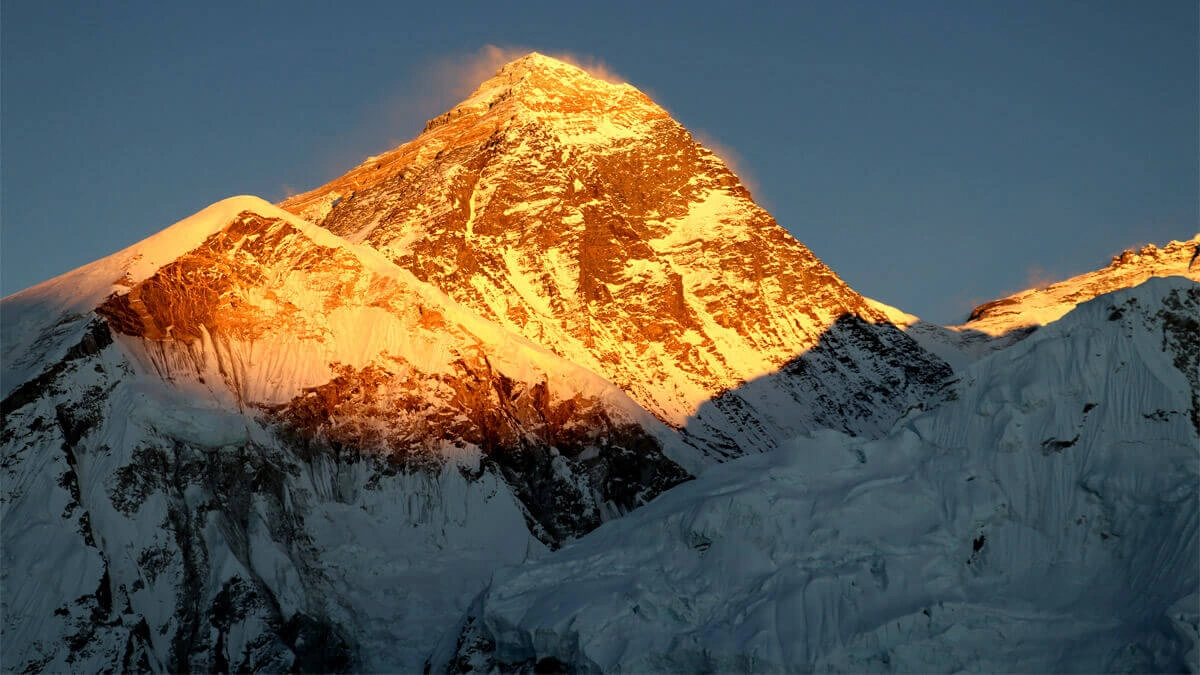Mt. Everest . The name itself evokes images of towering ice, perilous climbs, and the ultimate test of human endurance. But let’s be honest, what really goes on up there? What fascinates me is not just the physical feat, but the why behind it all. Why do people risk everything to stand on the roof of the world? And what does that say about us as a species?
This isn’t just about climbing a mountain; it’s about pushing the boundaries of what’s possible, facing our fears, and seeking something profoundly meaningful. But, here’s the thing: the story of Everest is far more complex than a simple tale of triumph. It’s a story of ambition, environmental impact, and the ever-evolving relationship between humans and nature. Check thisout for more context.
The Allure of the Summit | More Than Just Bragging Rights

Okay, let’s cut to the chase. What drives someone to spend tens of thousands of dollars, endure weeks of grueling physical exertion, and risk their life in the death zone ? It’s easy to dismiss it as ego or a desire for fame. And sure, those factors can play a role. But I think it’s deeper than that.
For many, climbing Mt. Everest is a pilgrimage of sorts. It’s a chance to confront their limitations, test their mental fortitude, and connect with something larger than themselves. It’s about proving something not just to the world, but to themselves. I initially thought this was straightforward. I realized there’s an intense spiritual component for many climbers. It’s a pursuit of transcendence, a search for meaning in the face of immense challenge.
The Environmental Impact | A Mountain Under Siege
Now, let’s address the elephant in the room – or rather, the piles of trash on the mountain. Everest’s popularity has led to a significant environmental burden. Here’s the thing: countless expeditions leave behind tons of waste, including discarded oxygen cylinders, tents, and even human waste. According to reports, the accumulation of trash is polluting water sources and threatening the fragile ecosystem. The Nepalese government and various organizations have implemented clean-up campaigns, but the problem persists.
What I find fascinating (and frankly, disheartening) is the tension between the desire to experience the mountain and the need to protect it. Can sustainable tourism on Mt. Everest even exist? As the number of climbers continues to rise, finding a balance between adventure and environmental stewardship becomes increasingly critical. The effects of high-altitude climbing are felt by the Himalayan ecosystem .
The Sherpa Community | The Unsung Heroes of Everest
Let me rephrase that for clarity: We cannot talk about Mt. Everest without acknowledging the indispensable role of the Sherpa community. These indigenous people, native to the Himalayan region, have been essential to Everest expeditions for decades. They are not just guides and porters; they are the backbone of every climb, providing invaluable expertise, support, and often risking their lives to ensure the safety of others. They are the unsung heroes of Everest.
And, let’s be honest, their contributions have often been overlooked and underappreciated. The Sherpa community faces significant risks and hardships, and it’s crucial to recognize their resilience and dedication. As responsible adventurers, it’s our duty to support fair wages, safe working conditions, and sustainable tourism practices that benefit the Sherpa people. The Sherpa guides are integral to every ascent.
The Future of Everest | A Changing Landscape
The climbing season on Mt. Everest is evolving, influenced by factors ranging from climate change to technological advancements. Glacial melt is altering the landscape, creating new challenges and increasing the risk of avalanches and rockfalls. Additionally, the use of advanced weather forecasting and communication technologies is transforming how expeditions are planned and executed.
But, the fundamental question remains: How can we ensure that future generations have the opportunity to experience the majesty of Mt. Everest ? The answer lies in responsible tourism, sustainable practices, and a deep respect for the mountain and its people. Perhaps, the true summit isn’t just reaching the top, but leaving the mountain in a better state than we found it. Another great topic is climate change.
FAQ About Climbing Everest
How much does it cost to climb Everest?
The cost can range from $40,000 to $100,000+, depending on the operator and level of service.
How long does it take to climb Everest?
Expeditions typically last around two months, including acclimatization.
What are the main dangers of climbing Everest?
Altitude sickness, avalanches, falls, and extreme weather are major risks.
What is the death zone on Everest?
It’s the area above 8,000 meters (26,247 feet) where the oxygen level is insufficient to sustain human life for extended periods.
What gear do I need to climb Everest?
You’ll need specialized clothing, climbing equipment, oxygen tanks, and communication devices.
How experienced do I need to be to climb Everest?
Extensive high-altitude climbing experience is essential before attempting Everest.




